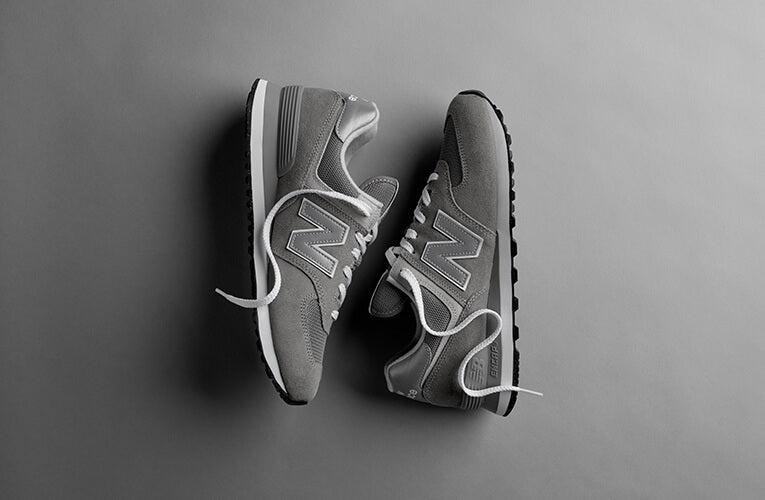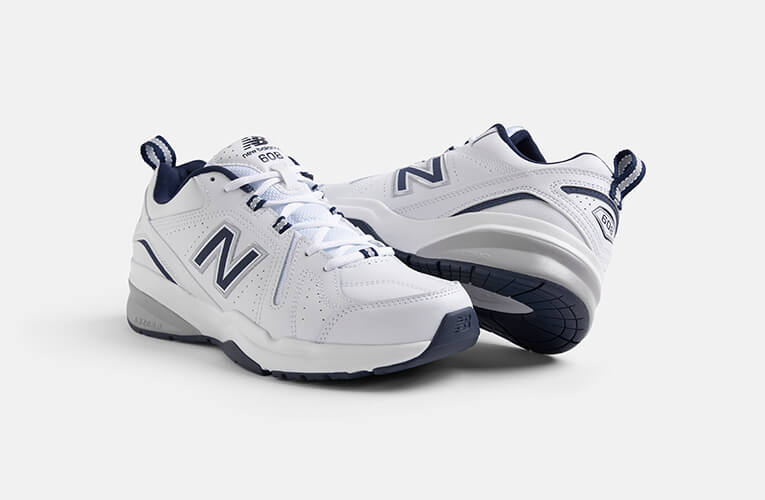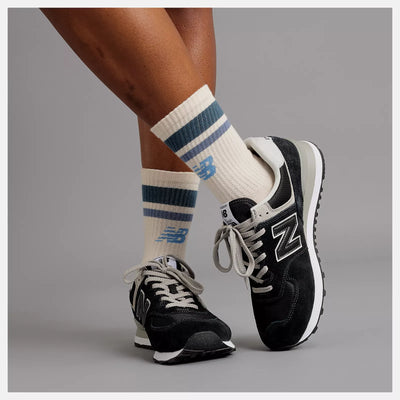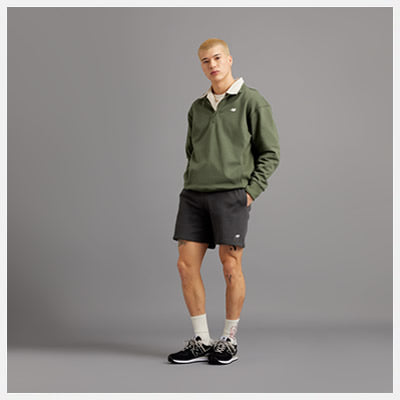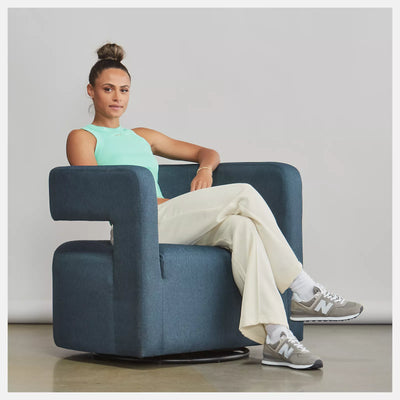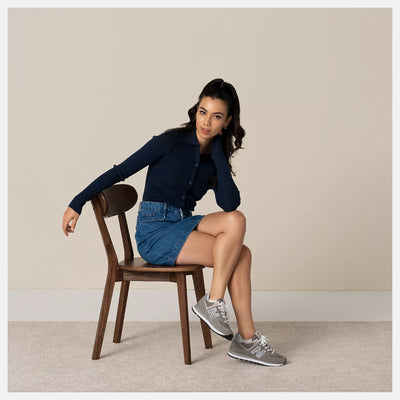Diabetic Wide Fit Socks
Your Guide To Gentle Grip Diabetic Socks For The Best Foot Comfort And To Help With Poor Circulation
Diabetic socks for swollen ankles are low or knee high socks that are meant to be worn by those of us with diabetes and want more than just a cushioned sole. Usually those who suffer from the debilitating and often painful condition known as diabetic peripheral neuropathy. People who have this disease often suffer from extreme sensitivity of their feet, and that has lead to the development of cushion foot diabetic socks and cotton socks for swollen feet, while diabetic shoes have also become a popular option.
For example, Hj Hall socks for swollen legs and knee high socks are very specialised medical socks that are special in that they provide the wearer extra support and cushioning while being extremely thinner than regular socks. While womens and mens socks provide these benefits to those living with diabetes, it's important to note that not all sock brands use quality materials to guarantee the product you buy will meet your needs.
What actually are cushion foot diabetic socks?

There are a lot of people out there that are wearing cotton rich diabetic socks with the perfect comfort cuff. For some, it’s a matter of keeping their feet as comfortable as possible while others wear them to take care of the circulation in their legs. You have to remember that wearing rich cotton diabetic socks is like wearing regular non-diabetic socks; you shouldn’t rely on the label anymore than you should wear your glasses if they make you feel funny – wearing comfortable and functional footwear can do wonders for your body. You can even get designed patterned socks, sports socks and argyle socks.
Can you wear diabetic socks if you are not diabetic?

While diabetic socks are not essential for all diabetics, diabetics have sensitive feet and are more susceptible to numerous foot diseases, thus they need to protect their feet more than others.
Are diabetic socks the same as compression socks?

Both compression and diabetic socks are medical hosiery with separate functions. Compression socks tie blood to your heart, allowing it to flow freely. Diabetic socks, on the other hand, are for diabetics. They are non-binding, which aids in leg circulation.
Best outdoor socks for people with diabetes?

So what's the ideal compression socks for someone with diabetes? It has to be a certain material which will allow fast and easy access for testing feet. It needs to have a durable sole, especially at the heels, which will last the test of time. The toes need to have good ventilation for summer, or be enclosed for winter use (to avoid freezing). Fancy designs are all well and good but they're not really important if your feet are cold. So, sock manufacturers may need to take note and make more socks which cater to conditions such as diabetes.
Is keeping your feet warm beneficial?
Keeping feet warm is a great way to improve your health. It has been shown that keeping your feet warm can aid circulation and blood flow around the rest of the body. One of the areas that cold, poorly-circulating feet will affect is the skin on your feet. Overall, keeping feet warm can lead to better looking skin and fewer problems with dry, cracked feet. If your feet are regularly cold you can benefit by wearing 2 pairs of socks or a thicker sock over normal socks.
Are normal and mens extra wide Diabetic socks worth it?
In short: YES! Whether it's mens or ladies socks with a hand linked toe seam, it is worth it for the comfort.
When searching the web in regards to foot socks or elastic socks, most information relates to preventing sores on the feet. Although this is very important, what most people don’t know is how important it is to treat your feet as a whole and not just focus on certain areas. Diabetic socks offer you protection for your veins and nerves in your feet as well as protection for your toes and are an effective part of foot care. And they come in any sock size
How do you wash diabetic socks?
Diabetic socks should be washed the same as other cotton socks. Wash on a warm cycle using regular laundry detergent or a detergent designed for people with diabetes. Do not use chlorine bleach, as it breaks down the fibers and may cause premature staining and pilling.
If you are concerned about the colour running, rinse first in warm water before washing and then wash in cool water to help prevent colour bleeding. Always turn socks inside out for laundering; this makes it easier to see if there is any particular spot that might need extra attention. After you finish washing, place the socks in a large towel to absorb the excess
Final thoughts
Socks play a vital role in managing diabetes. People with diabetes should wear socks that are made from natural materials such as cotton, wool or synthetic fibres. This is because these types of materials have the ability to breath and are very comfortable. It also helps with moisture management such as moisture wicking properties which draw sweat away from the skin.


